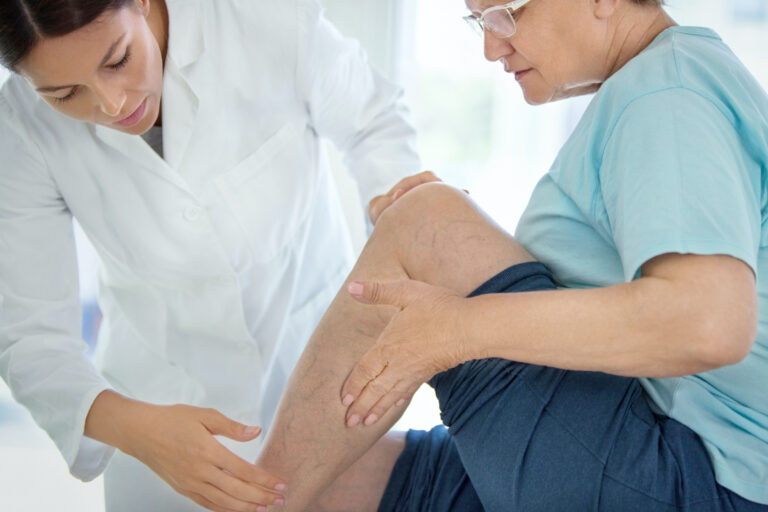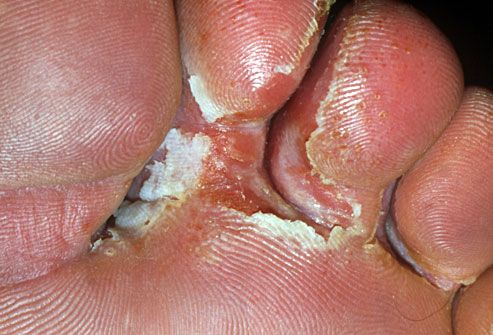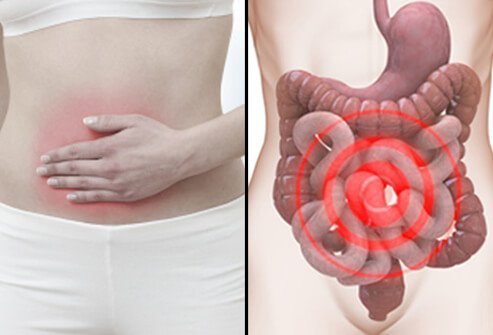Vaginal Yeast Infection: Causes, & Symptoms
Author: Giselle Robel
Giselle Robel
Category: Health
A vaginal yeast infection is a condition characterized by burning, intense itchiness, redness, and white discharge from the vagina and the vulva the tissues at the vaginal opening.
Also called vaginal candidiasis, vaginal yeast infection affects up to 3 out of 4 women at some point in their lifetimes. Many women experience at least two episodes. Though uncomfortable, these infections are common.
And also this infection is caused by something that's already in your body a fungal body (yeast) called Candida. Yeast is a type of fungus and Candida is a specific type of yeast.
When this yeast is balanced with the ecosystem of your body, there are no problems. But when that balance is disrupted, the yeast rapidly grows and you can get a yeast infection.
Vaginal yeast infections are also called vulvovaginal candidiasis or vaginal candidiasis. And a vaginal yeast infection is actually a type of vaginitis, a condition where the vagina is swollen, painful, and creates a discharge.
There are several types of vaginitis each with similar symptoms, but vaginal yeast infections are one of the most common.
Also a vaginal yeast infection isn’t considered a sexually transmitted infection. But, there’s an increased risk of vaginal yeast infection at the time of first regular sexual activity.
There’s also some evidence that infections may be linked to mouth to genital contact (oral-genital sex).
Medications can effectively treat vaginal yeast infections. If you have recurrent yeast infections four or more within a year you may need a longer treatment course and a maintenance plan.
Symptoms of Vaginal Yeast Infection
Yeast infection symptoms can range from mild to moderate and include:
- Itching and irritation in the vagina and vulva
- A burning sensation, especially during intercourse or while urinating
- Redness and swelling of the vulva
- Vaginal pain and soreness
- Vaginal rash
- Thick, white, odor-free vaginal discharge with a cottage cheese appearance
- Watery vaginal discharge
Complicated yeast infection
You might have a complicated yeast infection if:
- Have severe signs and symptoms, such as extensive redness, swelling and itching that leads to tears, cracks or sores
- You have four or more yeast infections in a year
- You’re pregnant
- You have uncontrolled diabetes
- HIV infection weakens your immune system because of certain medications or conditions.
Causes of Vaginal Yeast Infection
The fungus Candida Albicans is responsible for most vaginal yeast infections.
Your vagina naturally contains a balanced mix of yeast, including candida, and bacteria. Certain bacteria (lactobacillus) act to prevent an overgrowth of yeast.
Disrupted balance and an overgrowth of Candida or penetration of the fungus into deeper vaginal cell layers causes the signs and symptoms of a yeast infection.
Overgrowth of the yeast can result from:
- Antibiotic use, which causes an imbalance in natural vaginal flora
- Pregnancy
- Uncontrolled diabetes
- An impaired immune system
- Taking oral contraceptives or hormone therapy that increase estrogen levels
Candida albicans is the most common type of fungus to cause yeast infections.
Yeast infections caused by other types of Candida fungus can be more difficult to treat and generally need more aggressive therapies.
Diagnosing vaginal yeast infection
The health care provider diagnosed your vaginal yeast infection. And you will need to go in for an appointment and discuss your symptoms.
Your healthcare provider may need to take a sample of discharge from your vagina to confirm the yeast infection.
The combination of your symptoms and the sample of the discharge will tell your healthcare provider what type of yeast infection you have and help determine the best way to treat the infection.
How do I treat a vaginal yeast infection?
When thinking about treatment for a vaginal yeast infection, it is important to know that there are many different types of yeast.
Your healthcare provider may discuss different types of treatment depending on the type of yeast infection.
Your doctor will typically treat a vaginal yeast infection with an antifungal medication.
There are two forms of medication:
Oral or topical. Oral medications are usually taken by the mouth, whereas topical medications are applied to the affected area.
Topical medications may include boric acid, nystatin, miconazole, or clotrimazole. Your healthcare provider will give you information about each form of medication and directions on how to properly use each one.
To fully resolve and to make sure it doesn’t return follow the instructions when using these medications.
Can I use over-the-counter treatment for a vaginal yeast infection?
In addition to that sometimes you can treat a vaginal yeast infection with over-the-counter medicines.
However, you may want to avoid this if you aren't completely sure that it's actually a yeast infection.
As a result, it is usually best to talk to your healthcare provider and make sure you are getting the right treatment for the condition.
Risk factors
Factors that increase your risk of developing a yeast infection include:
- Antibiotic use
- Yeast infections are common in women who take antibiotics. Broad-spectrum antibiotics, which kill a range of bacteria, also kill healthy bacteria in your vagina, leading to overgrowth of yeast.
- Increased estrogen levels
- Yeast infections are more common in women with higher estrogen levels such as pregnant women or women taking high-dose estrogen birth control pills or estrogen hormone therapy.
- Uncontrolled diabetes
- Women with poorly controlled blood sugar are at greater risk of yeast infections than women with well-controlled blood sugar.
- Impaired immune system
- Most especially, women with lowered immunity such as from corticosteroid therapy or HIV infection are more likely to get yeast infections.
Prevention
To reduce your risk of vaginal yeast infections, wear underwear that has a cotton crotch and doesn’t fit too tightly.
It might also help to avoid:
- First, tight-fitting pantyhose
- Secondly, douching, which removes some of the normal bacteria in the vagina that protect you from infection
- Third, scented feminine products, including bubble bath, pads and tampons
- And, another thing is avoiding hot tubs and very hot baths
- Unnecessary antibiotic use, such as for colds or other viral infections
- Staying in wet clothes, such as swimsuits and workout attire, for long periods of time
What should I do if I have frequent yeast infections?
However, if you frequently have yeast infections, you should have a discussion with your healthcare provider.
Your provider may:
- Test to confirm that you really have a vaginal yeast infection.
- Get a blood sugar test for diabetes.
- Test for HIV/AIDS.
- Discuss any possible hormonal changes (birth control or pregnancy).
Naturally, your healthcare provider will use your test results to make sure you are receiving the right treatment.
It can be important to treat the underlying cause while treating your yeast infection.
Most importantly, controlling the reason for the infection can help prevent future vaginal yeast infections.













